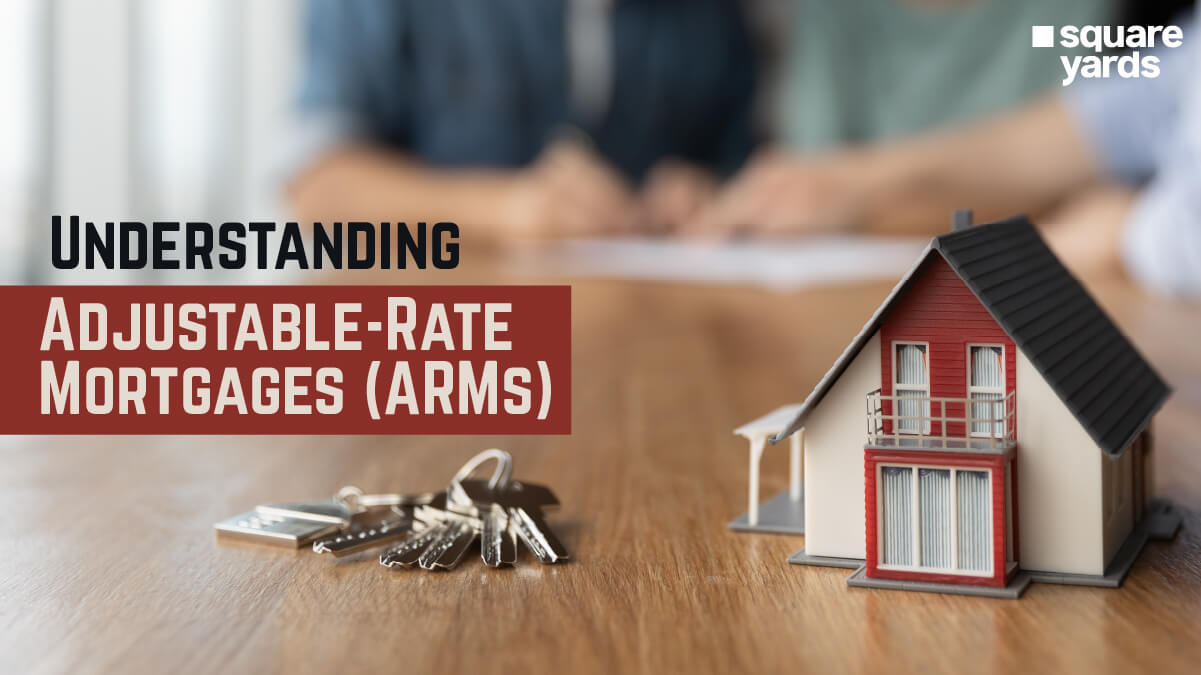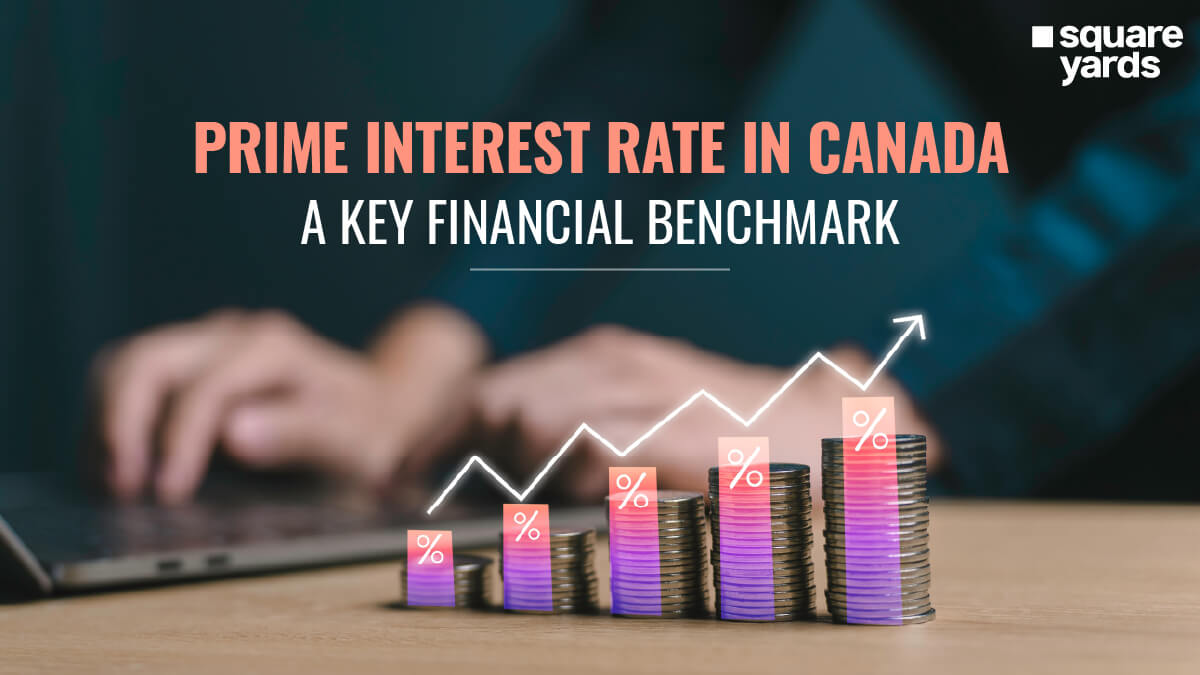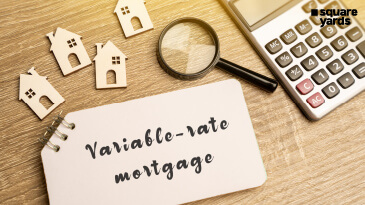Choosing the right mortgage can feel overwhelming, especially with so many options to consider. Whether you’re buying your first home or thinking about refinancing, it’s important to know how Adjustable-Rate Mortgages (ARMs) and Variable-Rate Mortgages (VRMs) differ. Each has its benefits and risks that can affect your finances. In this blog, we’ll simplify these mortgage types, look at how they perform, and help you determine which one best fits your financial goals. An Adjustable-Rate Mortgage (ARM) is a type of home loan where the interest rate can change over time. Unlike a fixed-rate mortgage, an ARM’s interest rate adjusts based on the lender’s prime rate, which can rise or fall with the economy.
When you take out an ARM, your initial interest rate might be lower than that of a fixed-rate mortgage, making your payments smaller at first. However, after an initial fixed period (like five years), the rate can change regularly—usually once a year. If interest rates go up, your monthly payments will increase, and if they go down, your payments will decrease. This makes ARMs a good choice if you expect rates to stay low or plan to sell or refinance before the rate adjusts. However, there’s a risk of higher payments if rates rise, so it’s important to be financially prepared for that possibility.
ARM vs VRM
An ARM is a type of mortgage where the interest rate and monthly payments change based on the lender’s prime rate. The interest rate is usually lower initially, making initial payments smaller. However, after an initial fixed period, the rate adjusts periodically, which means your payments can increase or decrease depending on market conditions. This option is suitable for borrowers who expect interest rates to remain stable or decrease and are comfortable with the possibility of fluctuating payments.
A VRM also has an interest rate that changes with the lender’s prime rate, but the key difference is that the monthly payments stay the same. Instead of adjusting the payment amount, changes in the interest rate affect how much of your payment goes toward interest versus the principal. If rates rise, more of your payment goes to interest, potentially extending your mortgage term. VRMs are ideal for those who prefer consistent monthly payments but are okay with the risk of a longer amortisation period if rates increase.
Impacts of Fixed Principal Payments on ARM
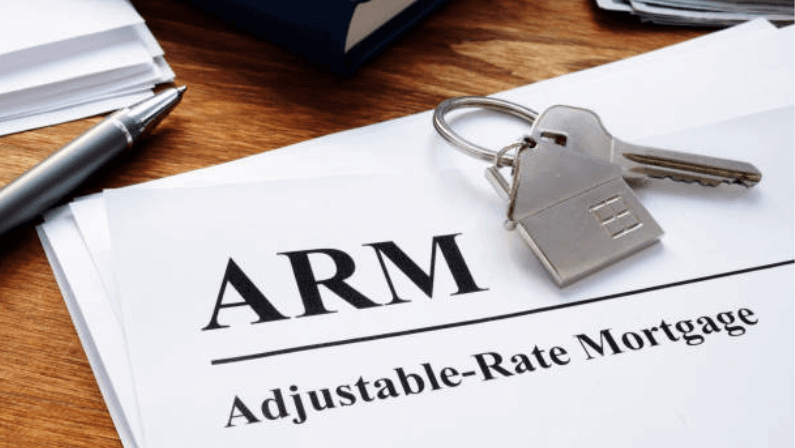
Fixed-principal payments in an Adjustable-Rate Mortgage are the amount going toward your loan balance that stays the same throughout the term. This ensures you consistently reduce your loan balance as planned, even if interest rates fluctuate. When rates change, only the interest portion of your payment adjusts—higher rates increase your total payment, while lower rates decrease it. This structure helps you stay on track with paying off your mortgage but requires flexibility to handle potential payment increases if rates rise.
Set Mortgage Goals with Your ARM
Setting mortgage goals with your Adjustable-Rate Mortgage (ARM) involves planning how to best use the potential benefits of fluctuating interest rates. First, decide if your primary goal is to save on interest costs, pay off your mortgage faster, or manage your monthly cash flow. If you anticipate lower rates, you can focus on saving interest and making extra payments to reduce your balance faster. If rates rise, plan to have enough financial flexibility to handle higher payments. Align your ARM strategy with your overall financial goals, whether maximising savings, maintaining a steady budget, or preparing for potential rate changes.
ARM in 2023
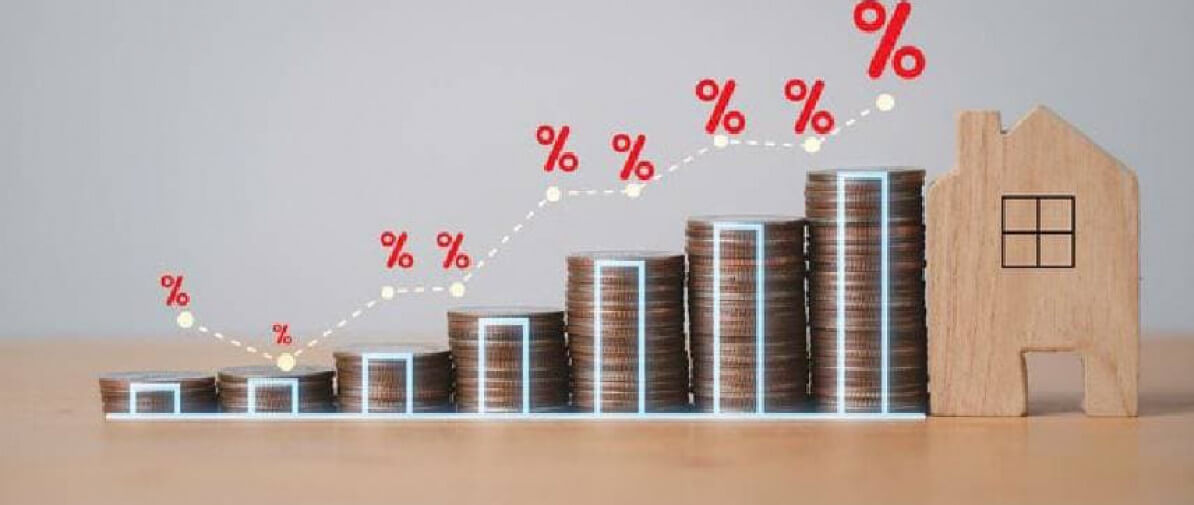
In 2023, Adjustable-Rate Mortgages (ARMs) in Canada saw changes in performance due to fluctuations in the Bank of Canada’s policy rate. Starting the year with a relatively stable prime rate, mortgage payments for ARMs were consistent. However, as the year progressed, the Bank of Canada increased its policy rate, leading to a rise in the prime rate.
For example, on a $500,000 mortgage with a 25-year amortisation, monthly payments increased by about $154 from January to December 2023. In January, the payment was approximately $3,410, but by December, it had risen to around $3,564 due to the higher interest rates. This increase in payments reflects how sensitive ARMs are to interest rate changes, highlighting the need for borrowers to be prepared for potential fluctuations in their monthly payments.
Performance of Adjustable-Rate Mortgage in 2024
In 2024, Adjustable-Rate Mortgages (ARMs) in Canada are expected to see some relief as interest rates may decrease from their 2023 highs. At the beginning of the year, payments remained high due to the elevated prime rate. For example, on a $500,000 mortgage with a 25-year amortisation, monthly payments started at around $3,564.
As the year progresses, if the Bank of Canada reduces its policy rate as predicted, the prime rate could drop, leading to lower monthly payments for ARM holders. By December 2024, these payments could decrease to approximately $3,259, reflecting a potential reduction of about $305 over the year. This decrease would offer some financial relief to borrowers, particularly those who experienced higher payments in the previous year.
Why Adjustable Mortgage Rate

Opting for an Adjustable Mortgage Rate (ARM) can be a smart choice if you aim to save on interest costs and want flexibility. ARMs often start with a lower interest rate than fixed-rate mortgages, which translates to lower initial payments. This can help you manage your budget more effectively or allocate funds elsewhere. As interest rates fluctuate, you could benefit from lower payments if rates go down. ARMs usually have lower penalties for early repayment, making them a good choice if you plan to sell or refinance before the rate adjustment period.
Best Variable Mortgage Rate Products in the Market
When selecting the best variable mortgage rate products in the market, it’s important to consider your financial goals, risk tolerance, and current market conditions. Here are some top options available:
-
- Adjustable-Rate Mortgages (ARMs): These offer an initial lower interest rate with payments that adjust as the lender’s prime rate changes. ARMs are ideal for those who expect rates to stay stable or decrease and want the flexibility to benefit from rate drops.
- Variable-Rate Mortgages (VRMs): With VRMs, your interest rate changes with the prime rate, but your payments stay the same. This product suits those who prefer stable monthly payments but are comfortable with the amortisation period changing over time.
- Hybrid Mortgages: These combine fixed and variable rates, giving you the stability of a fixed rate on a portion of your mortgage and the potential savings of a variable rate on the remainder. Hybrid mortgages are great for balancing risk and reward.
- Discounted Variable Rates: Some lenders offer discounted rates lower than the standard variable rate, making them attractive for cost-conscious borrowers looking for immediate savings.
Conclusion
When choosing a mortgage, it’s important to understand your options and how they align with your financial goals. ARMs can provide flexibility and potential savings, particularly when interest rates are uncertain. By considering the differences between ARMs and Variable-Rate Mortgages (VRMs), you can make a more informed decision that suits your needs. As you explore the various mortgage products available, it’s essential to consider the immediate benefits and the long-term impact. Consider your comfort with financial risk, your flexibility, and your plans. With the right approach and advice, you can choose a mortgage product that supports your financial goals and helps you make the most of your investment.
Frequently Asked Questions (FAQs)
What makes an ARM different from a fixed-rate mortgage in Canada?
An ARM’s payments change with interest rates, while a fixed-rate mortgage has the same payment amount every month.
How is the interest rate for an ARM decided in Canada?
The rate is based on the Bank of Canada’s rate, plus a little extra added by your lender.
How will my future ARM payments be in Canada?
You can estimate by keeping an eye on changes in the Bank of Canada’s rate since your payments will go up or down with it.
Can I switch from an ARM to a fixed-rate mortgage in Canada?
Yes, you can switch to a fixed-rate mortgage during your term without extra costs.
What if I sell my home or pay off my ARM early?
If you sell or pay off early, the penalties are usually smaller with an ARM, just three months’ interest.

